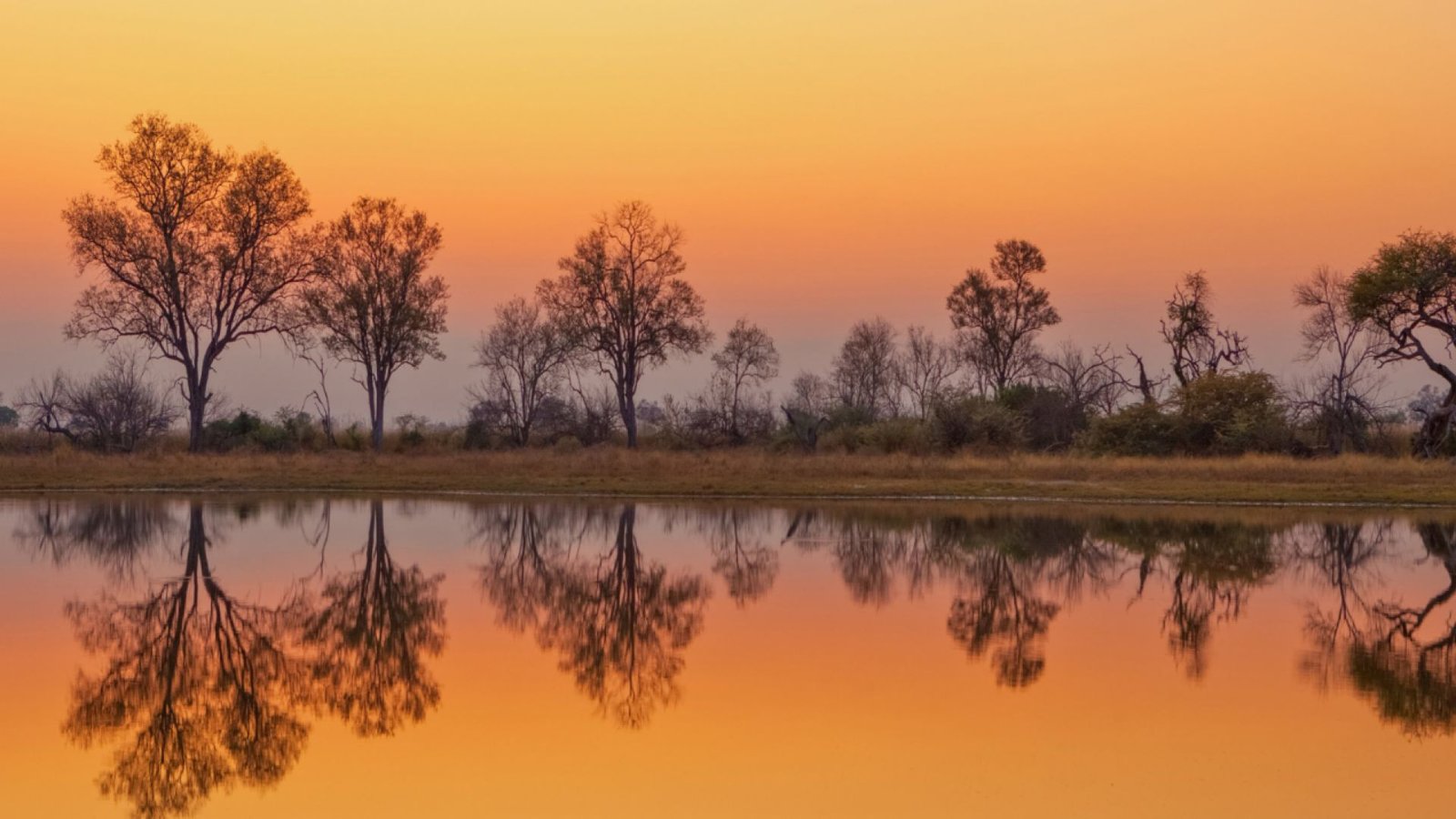Principais vídeos

Dad, we watched you wither away <br />All of eighty kilos by night and day <br />The one and only saving grace, <br />Was your ever smiling face. <br />While we reached the depths of despair, <br />You calmly declared that life was not always fair. <br /> <br />Despite the breathlessness and the pain, <br />Never did you really complain. <br />You bore it all stoically <br />Telling us it was but folly <br />To keep visiting doctors to find a cure <br />For a fatal illness that you just had to endure. <br />But we refused to believe - <br />That eventually we would have to give up and grieve <br />We continued our search for newer medication <br />With an even greater sense of determination <br />Alas! Despite the doctors’ skills and our dedication <br />You quietly left us in search of a new destination.<br /><br />Sandra Martyres<br /><br />http://www.poemhunter.com/poem/dad-44/
















